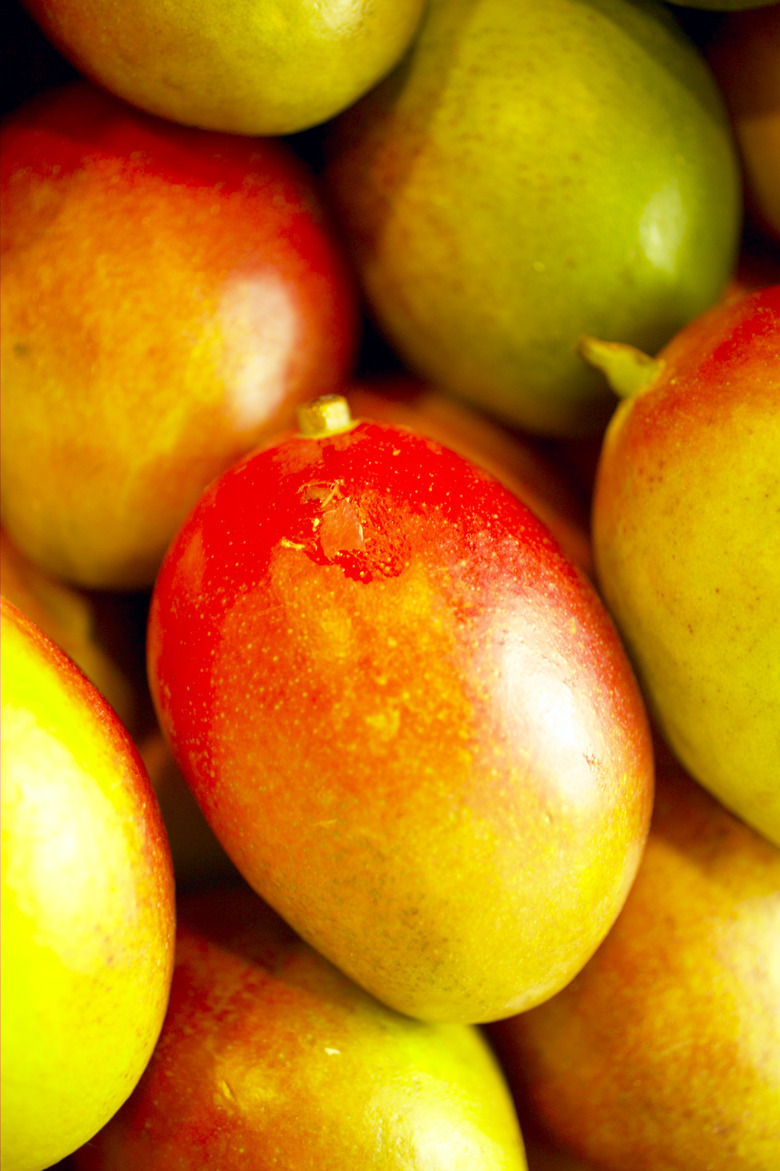How To Treat Bugs On A Mango Tree
Step 1
Remove debris from around the mango tree. All fallen limbs and fruit should be moved regularly from the soil around the tree. Insects often live in dead limbs and fruit and can find their way into the soil if old debris is not removed.
Step 2
Prune rotten fruit and limbs. Also prune limbs that are intersecting. This is good practice for the general well-being of your mango tree; and, the healthier the tree is, the less likely pest infestation will occur. Limbs and fruit that show signs of infestation should be removed and burned immediately or buried at least 20 inches underground.
Step 3
- Remove debris from around the mango tree.
- Limbs and fruit that show signs of infestation should be removed and burned immediately or buried at least 20 inches underground.
Step 4
Attach a polythene plastic band at least 10 inches wide around your tree's trunk before branching begins. These bands can be found at many garden centers. They will prevent aphids and scale as well as other insects from getting into your tree's foliage from the soil.
Step 5
Apply neem oil as blossom buds begin to appear on your mango tree. This stunts the growth of most insect species and repels insects as well.
Step 6
Apply insecticidal soap if infestations of aphids, mealybug, or scale become apparent. Application should occur every five to seven days until the infestation is over. Cover foliage entirely.
Step 7
- Attach a polythene plastic band at least 10 inches wide around your tree's trunk before branching begins.
- They will prevent aphids and scale as well as other insects from getting into your tree's foliage from the soil.
Step 8
Apply Beauveria bassiana fungus to leaf foliage if any insect infestation is not ameliorated by other preventative measures. This fungus is common in most soils and very effective for the removal of many insects known to attack mango trees. Apply every five to seven days until the infestation is resolved.
Step 9
After fruit has matured and been picked, till the soil around the mango tree. Most mango pests live in the soil and, by tilling the soil around the tree, larva and pupae of many pests will be killed.
